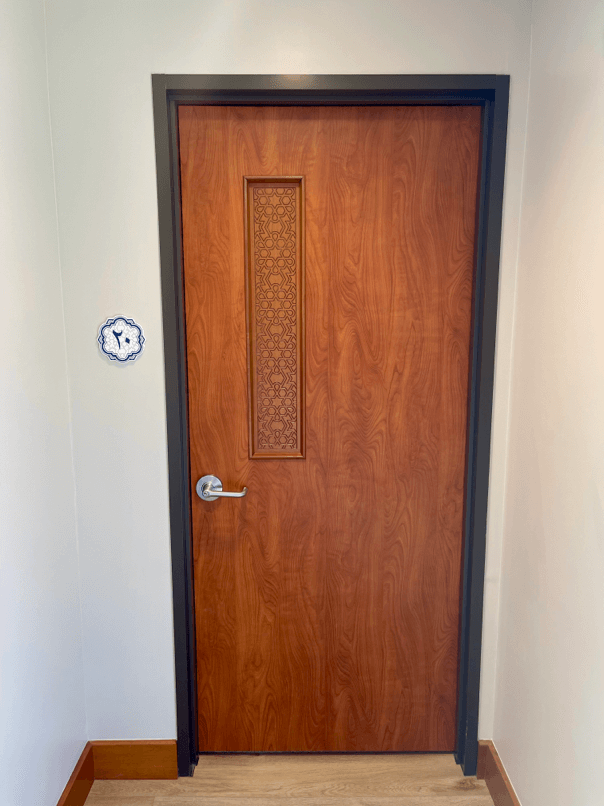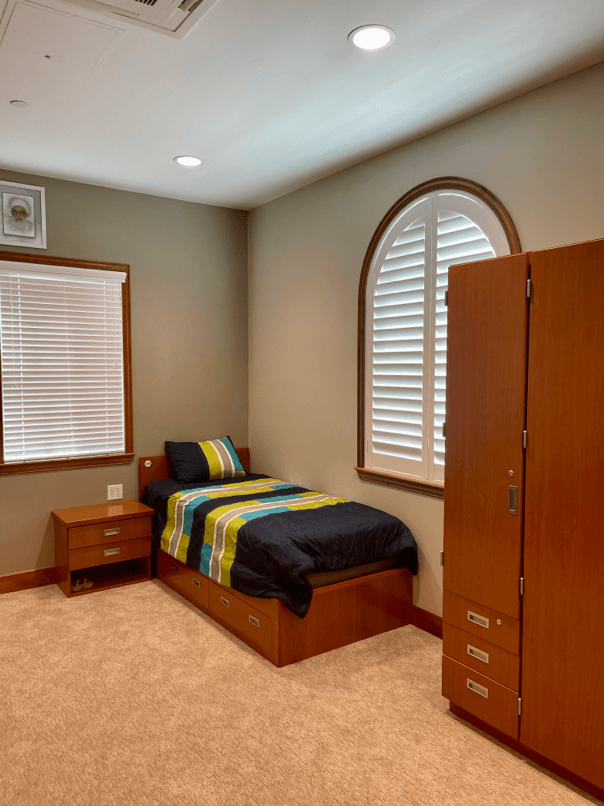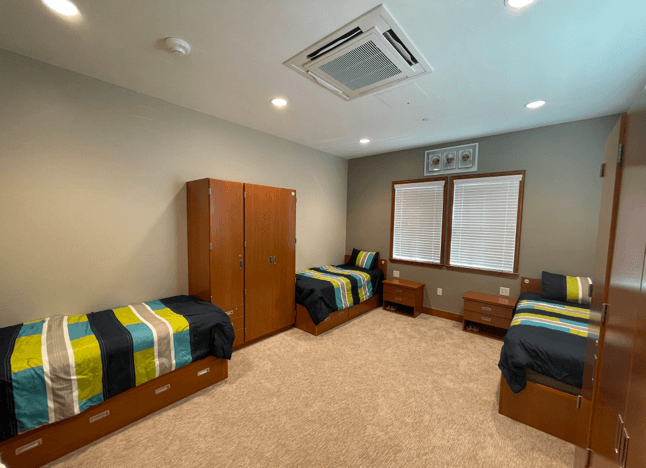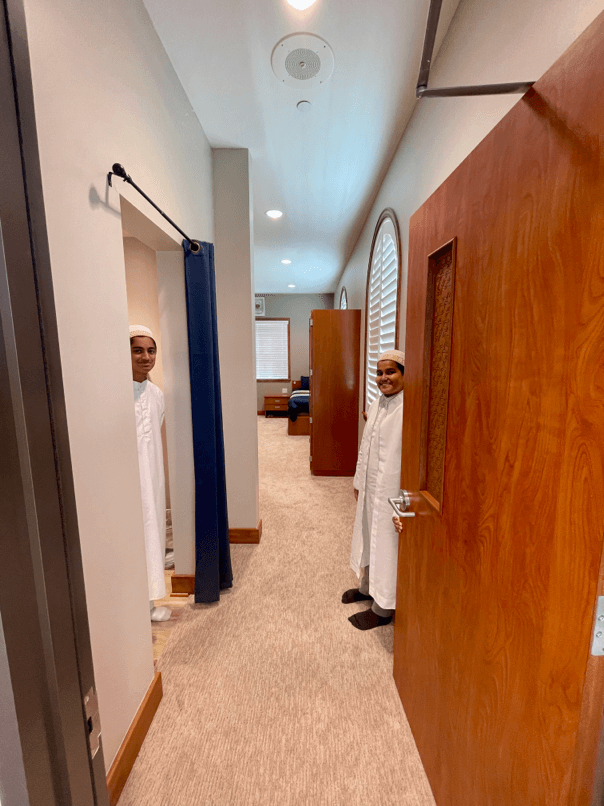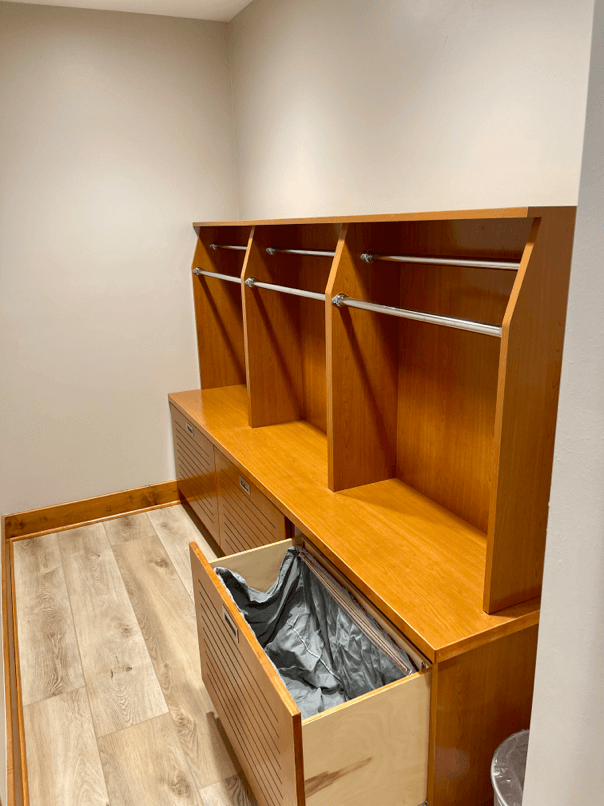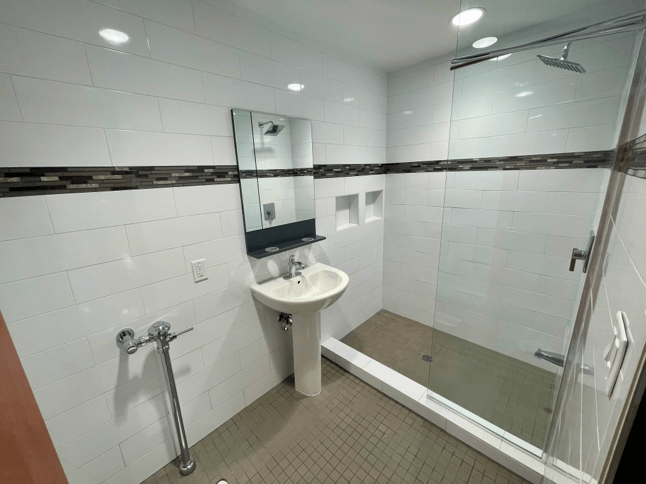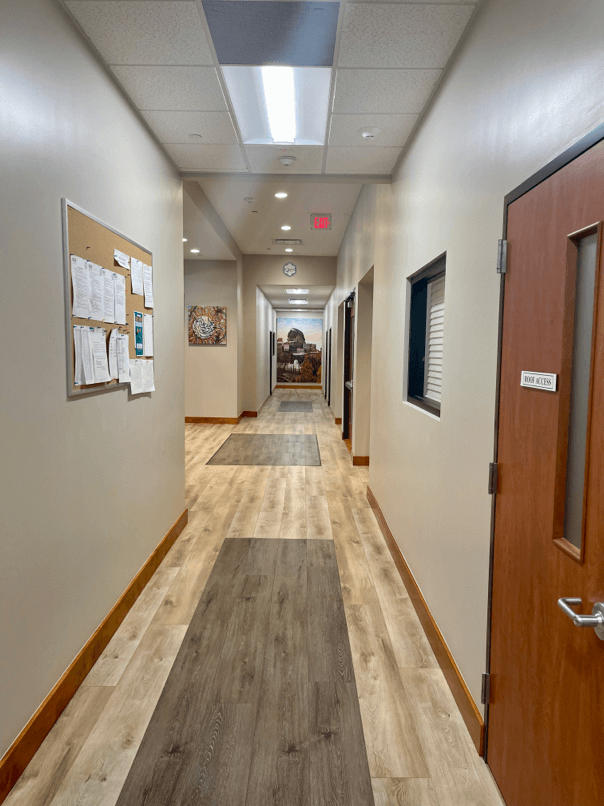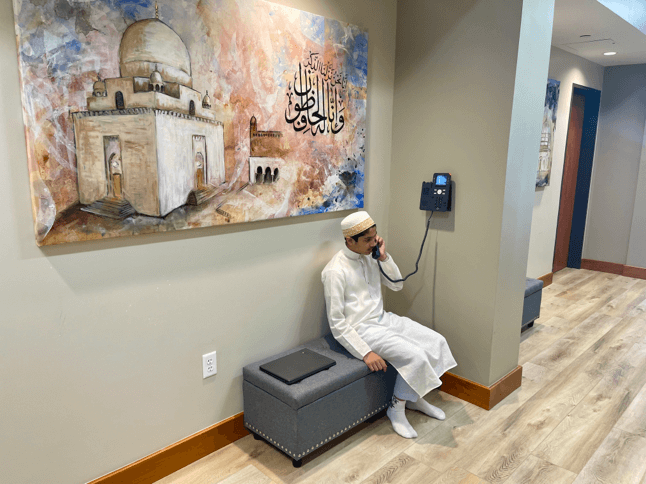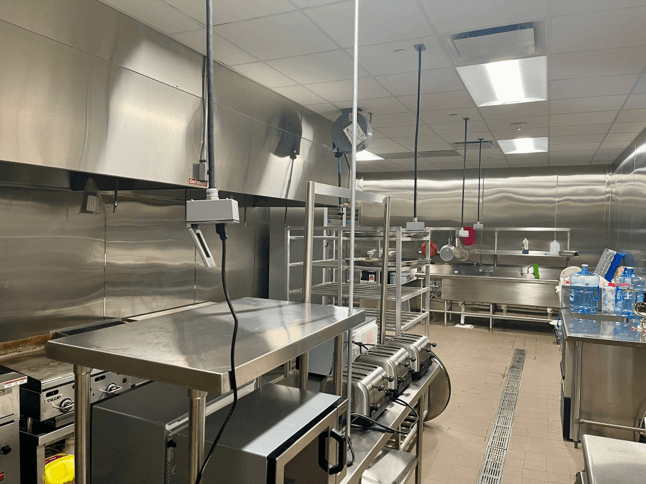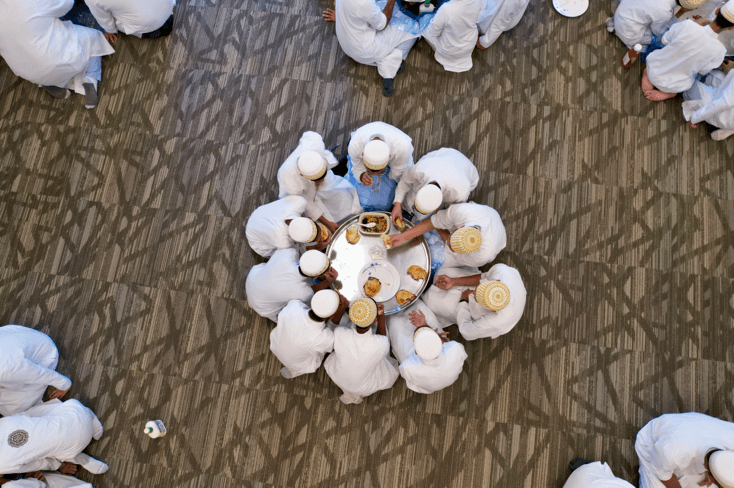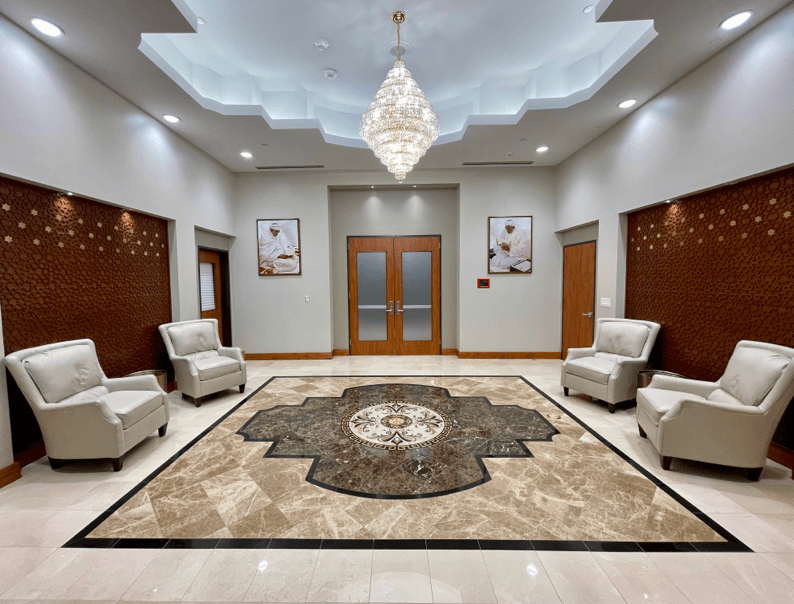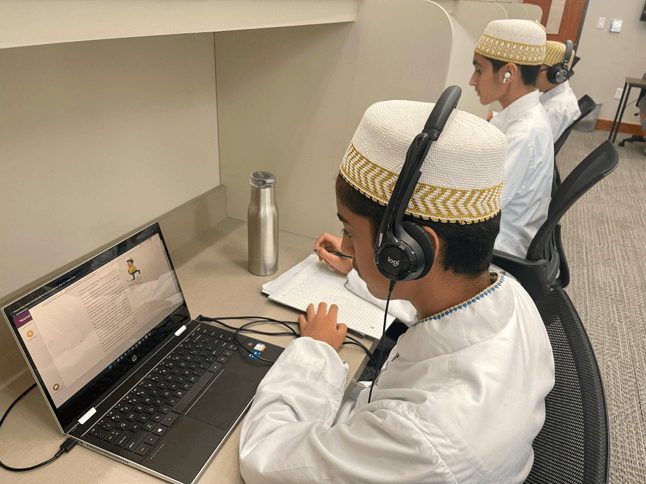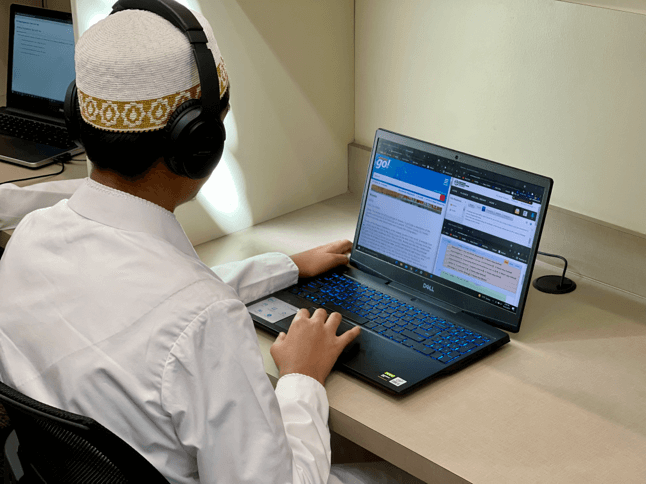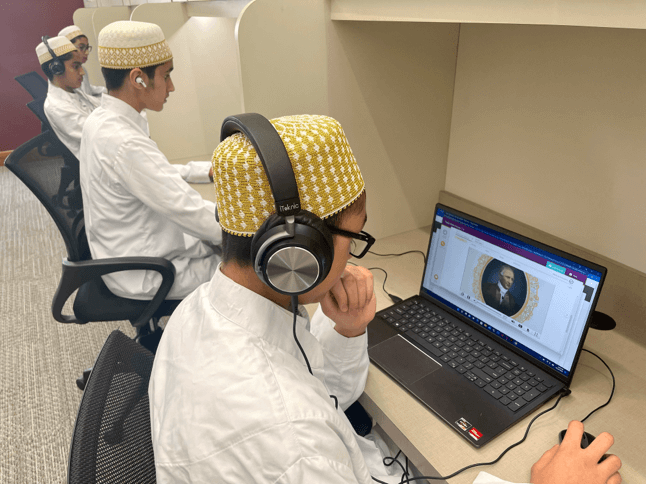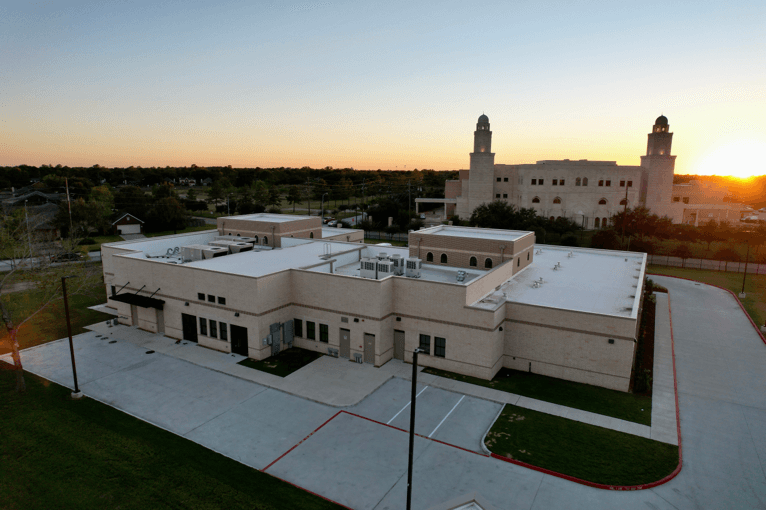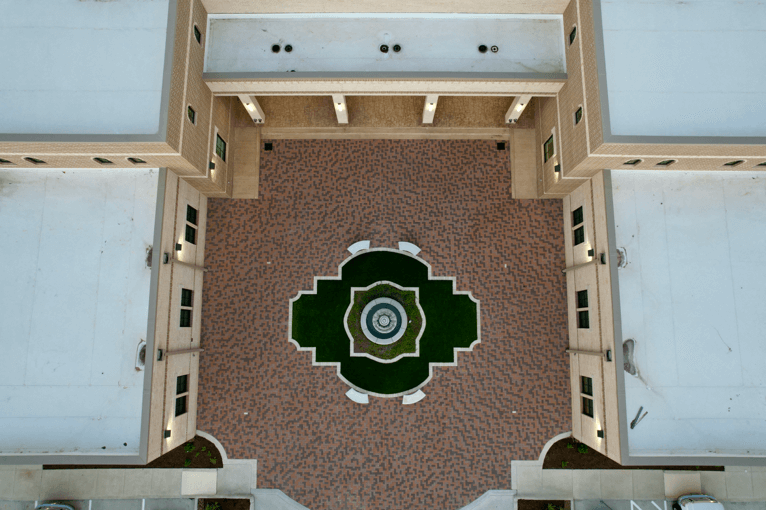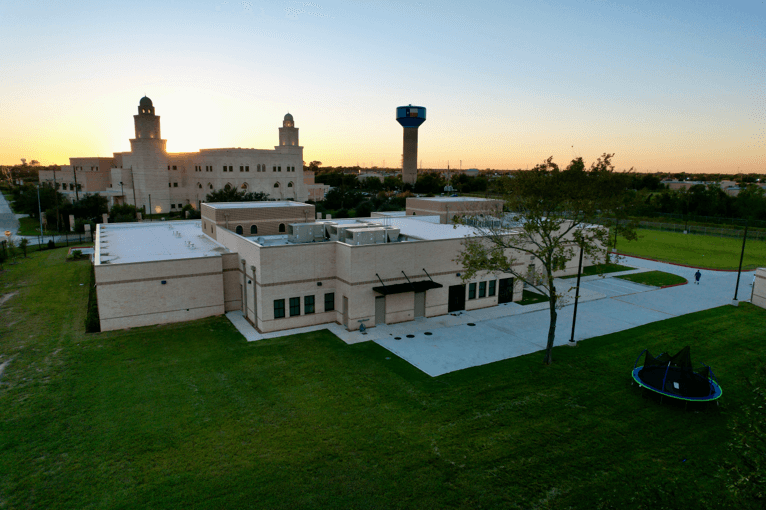
The design and construction of this building was centered around certain philosophies that are integral to our faith and culture, and represent our unique commitment to pursuing holistic development of our students. We have surmised many of these ideas in the artwork of our logo, depicted here: The main design follows 3 main concepts: the star, the hexagon, and the tear shape, each of which is a symbol of Hifz, Talab Al-Ilm, and Zikr al-Husain.
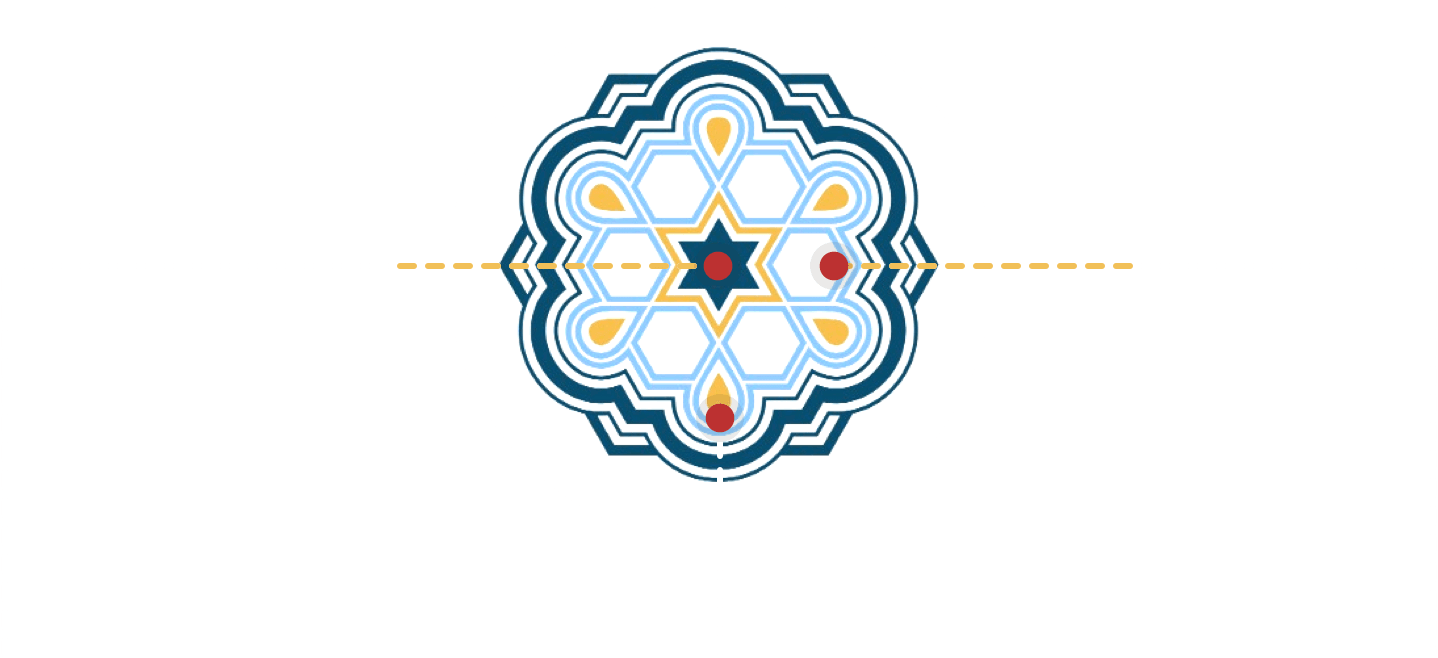

Al-Dai al-Ajal Syedna Taher SaifuddinRA once stated in Risala Shareefah Ghars al-Jannah (Epistle) that when Al-Dai al-Ajal Syedna Mohammed BurhanuddinRA recites the Quran- especially the Ayah al-Noor - his radiance is akin to a Kaukabe Durri, a shining star.
Al-Dai al-Ajal Syedna Mohammed BurhanuddinRA had always advised young pupils to adhere to the recitation of al-Quran and if possible to memorize it as well. Realizing the aspirations of Al-Dai al-Ajal Syedna Mohammed BurhanuddinRA , his successor is encouraging every mumin household to have at least one amongst them who has committed the entire Quran to memory.
The memorization of the Quran is a tribute to the vision of Syedna Mohammed Burhanuddin, and it is through his radiant grace that every mumin at Mahad al-Zahra progresses in his/her journey towards Hifz al Quran.

The tear shape is perhaps the most impactful part of Fatimi architecture, as it holds a special meaning in the Islamic tradition. It is our faith that only through the connection and understanding of Imam HusainSA in our actions, do our deeds transcend this world to the next. The number of 114 surahs in the Quran is equivalent to the numerical total of Dam’ (tear) in the Abjad numerical system, which is a clear indication towards what has been stated in an Arabic elegy ‘The chapters of Quran weep upon you O HusainSA’.
It is interesting to note that the one who memorizes the Quran is titled ‘Hafiz al-Quran’. The sacrifices of Imam HusainSA in Karbala salvaged the Quranic message in both word and deed, hence he is the ‘Hafiz’ (protector) of Quran in every sense. Thus it behooves the one who memorizes the Quran to seek his assistance in achieving the esteemed goal.
The tear shape also indicates towards the Deeni Taalim a child seeks in the Nisaab Mahad al-Zahra, as the gist of all the knowledge is in Gham and Maatam of al-Imam al-HusainSA .


Al-Dai al-Ajal Syedna Mufaddal SaifuddinTUS states in a bayan mubarak which enumerates the essence of the hexagonal shape inspired from the bee’s hive in the logo. He states:
What does the honey bee extract from its stomach after consuming [nectar] from these flowers? It extracts honey. So, mumineen should primarily build their homes, and solidify all aspects of their belief. Thereafter, when the mumin goes to different places to seek knowledge and learn new skills, he/she should bear in mind that I have to return home, I have to prosper in my home and make sure that I don’t forsake it - make sure that I don’t forsake my belief. [one should bear in mind] that the owner of the home is present and that he is my recourse. [and that] I will not lose faith in him.
It is a fact of much pleasure that my revered father used the shape of the bee’s hive in the balconies of the buildings of Aljamea-tus-Saifiyah and made it abundantly clear that the home of every Taalib al-Ilm, rather of every mumin is Aljamea.
The students of Mahad al-Zahra, Houston get an opportunity to continue their schooling. It helps them pursue their professional future without compromising at all towards their deen.

20 Rooms

4 Study Rooms

Mawaid

Doctor Clinic

2 Ironing Rooms

Office

Library

Recreational Zone
